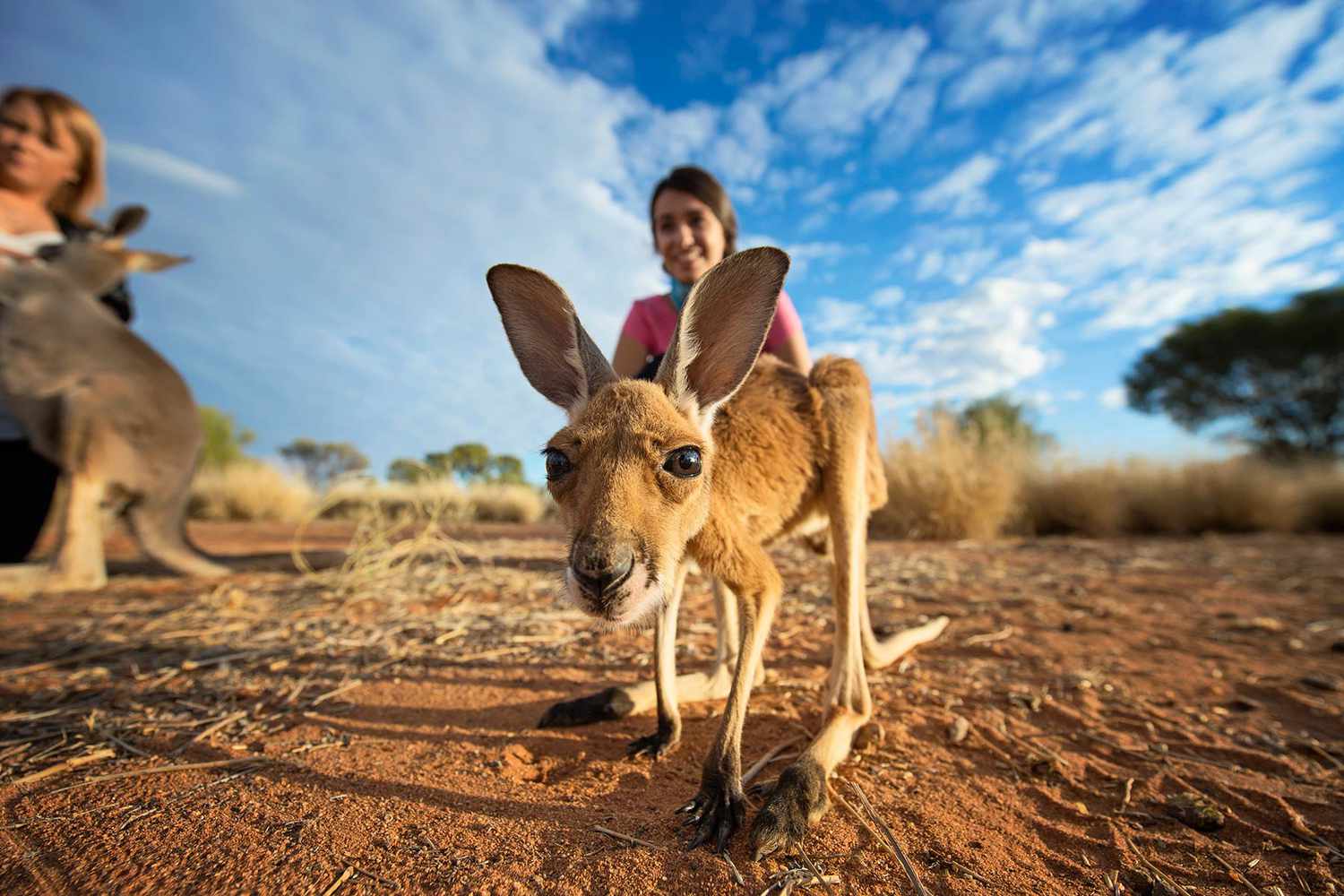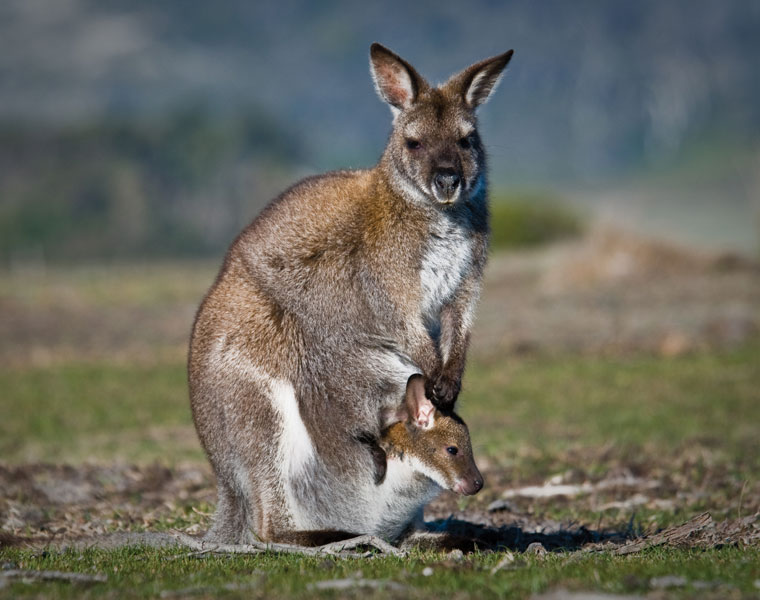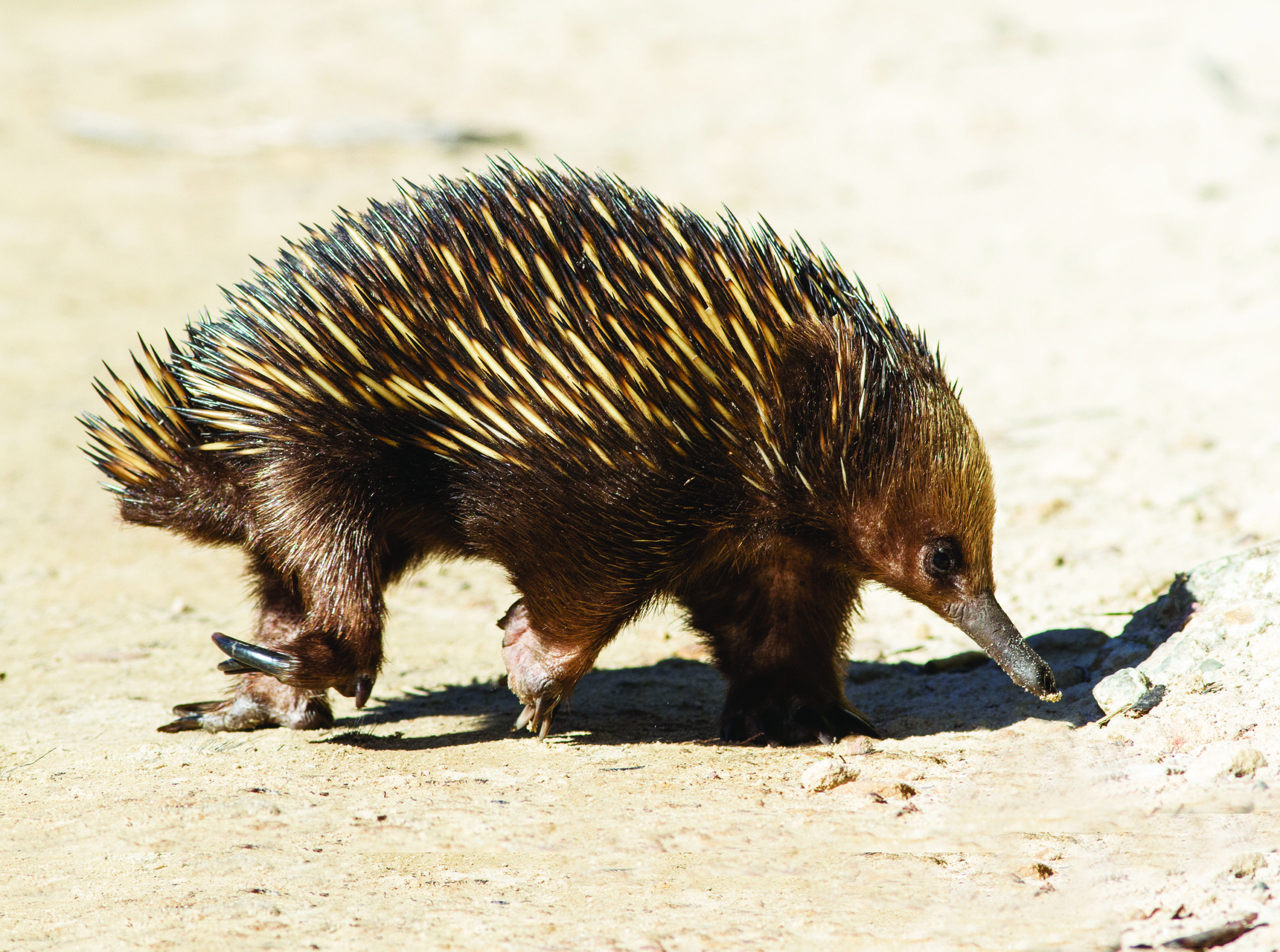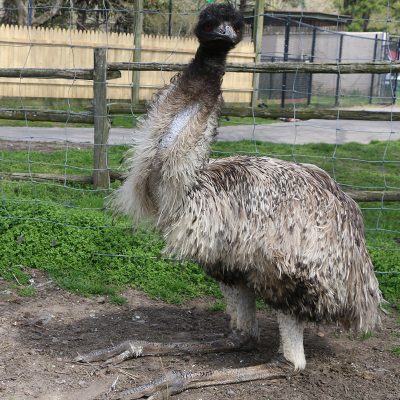
Australia, known for its breathtaking landscapes and diverse ecosystems, is home to an array of fascinating wildlife. From cuddly koalas and bouncing kangaroos to venomous snakes and elusive platypuses, the animals native to Australia have captured the imagination of people worldwide. In this article, we will delve into the rich biodiversity found in the land Down Under, exploring the unique characteristics, habitats, and conservation efforts surrounding these remarkable creatures.
Koalas: Australia’s Iconic Eucalyptus Munchers

Koalas are undoubtedly one of the most beloved animals that live in Australia. These adorable marsupials are renowned for their striking appearance with fluffy ears and a penchant for eucalyptus leaves. Found primarily along the eastern coast of Australia, koalas spend most of their lives in eucalyptus trees, relying on these iconic plants as their main source of food and shelter. Despite their seemingly docile nature, koalas possess sharp claws and can deliver a powerful bite when provoked. To ensure the longevity of this treasured species, conservation efforts focus on preserving and restoring their natural habitat.
Kangaroos: Nature’s Bouncing Marvels

When picturing animals native to Australia, it’s hard to ignore the image of a kangaroo gracefully hopping across the outback. These marsupials, characterized by their muscular hind legs and long, powerful tails, are uniquely adapted for swift movement and exceptional jumping abilities. With over 60 different species, kangaroos inhabit various regions across Australia, ranging from arid landscapes to lush forests. Their social structure revolves around female-led groups called mobs, while males engage in boxing matches to establish dominance. Kangaroos play a significant ecological role as grazers, shaping the landscape and contributing to seed dispersal.
The Enigmatic Platypus: A Wonder of Nature

The platypus is an extraordinary creature that defies conventional categorization. Found in freshwater habitats along the eastern and southern parts of Australia, this semi-aquatic mammal possesses a unique combination of features from different animal groups. With its duck-like bill, beaver-like tail, and webbed feet, the platypus is a testament to nature’s boundless creativity. Despite their elusive nature, these captivating monotremes have become a symbol of Australia’s native wildlife. However, habitat loss and pollution pose significant threats to the survival of this peculiar species, necessitating conservation efforts to protect their delicate ecosystems.
Snakes: Australia’s Venomous Predators

Australia is renowned for its diverse snake population, many of which are venomous. The continent is home to some of the deadliest snakes on the planet, including the inland taipan, eastern brown snake, and tiger snake. While encountering a snake in the wild can be an unnerving experience, it’s important to remember that most snakes are shy creatures and prefer to avoid human interaction. Understanding their behavior and respecting their natural habitat is crucial for maintaining a harmonious coexistence. Australia has made significant advancements in snakebite treatment, ensuring the safety of both humans and these remarkable reptiles.
Emus: Towering Flightless Birds

Emus, the largest birds native to Australia, are flightless wonders inhabiting various landscapes across the continent. With their long necks, powerful legs, and distinctive feather patterns, emus represent an integral part of Australia’s wildlife. These tall, curious creatures possess impressive speed and endurance, capable of covering great distances during their seasonal migrations. Emus have also adapted to survive in harsh conditions, often seeking refuge during scorching summers or enduring freezing temperatures in winter. Their fascinating biology and adaptive behavior make them one of the most intriguing animals that live in Australia.
Conclusion
Australia’s wildlife is a treasure trove of unique and captivating creatures that have evolved in isolation for millions of years. From iconic marsupials like koalas and kangaroos to enigmatic wonders like the platypus and emu, these animals represent the rich biodiversity found in Australia. While some may pose risks due to venom or size, understanding and respecting their habitats and behaviors can ensure a harmonious coexistence.
Conservation plays a vital role in safeguarding Australia’s native wildlife. Through national parks, sanctuaries, research, education, and habitat restoration initiatives, efforts are being made to protect and preserve these remarkable species. By raising awareness and supporting conservation organizations, we can all contribute to the long-term survival of Australia’s unique wildlife.
In conclusion, exploring the animals native to Australia reveals an awe-inspiring world filled with beauty, diversity, and wonder. The experiences and encounters with these remarkable creatures leave an indelible mark on anyone lucky enough to witness them firsthand. Let us cherish and protect the precious wildlife that calls Australia home.